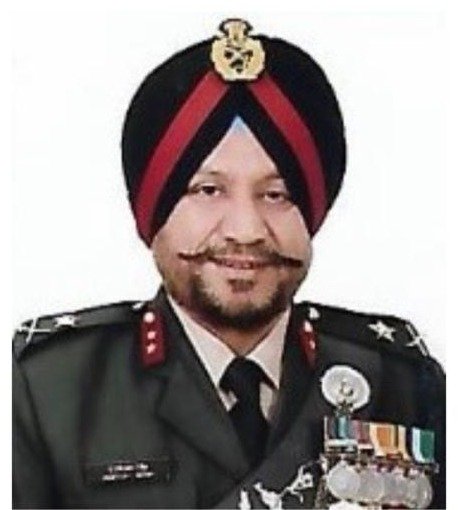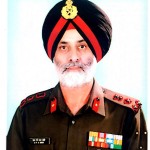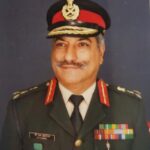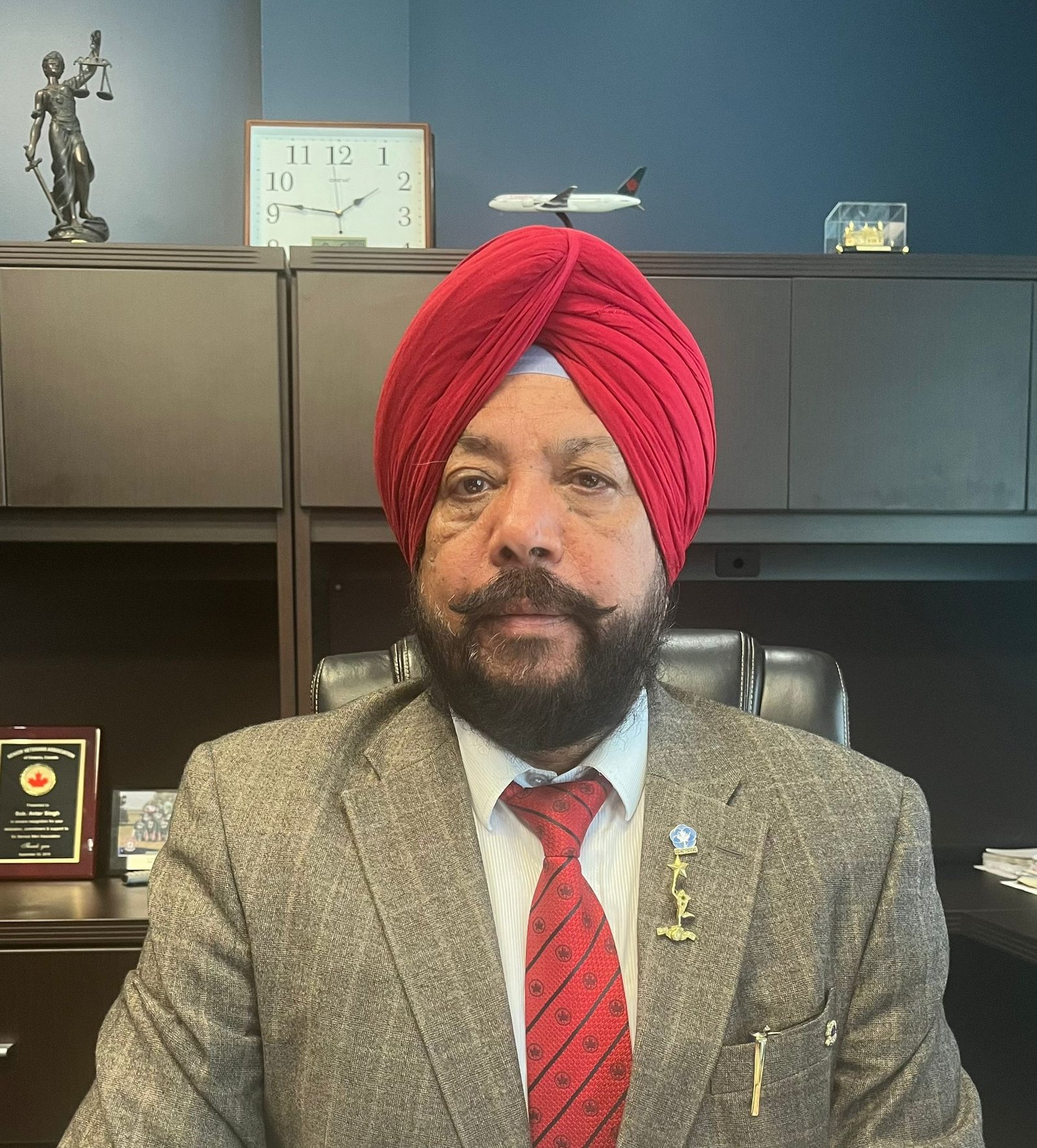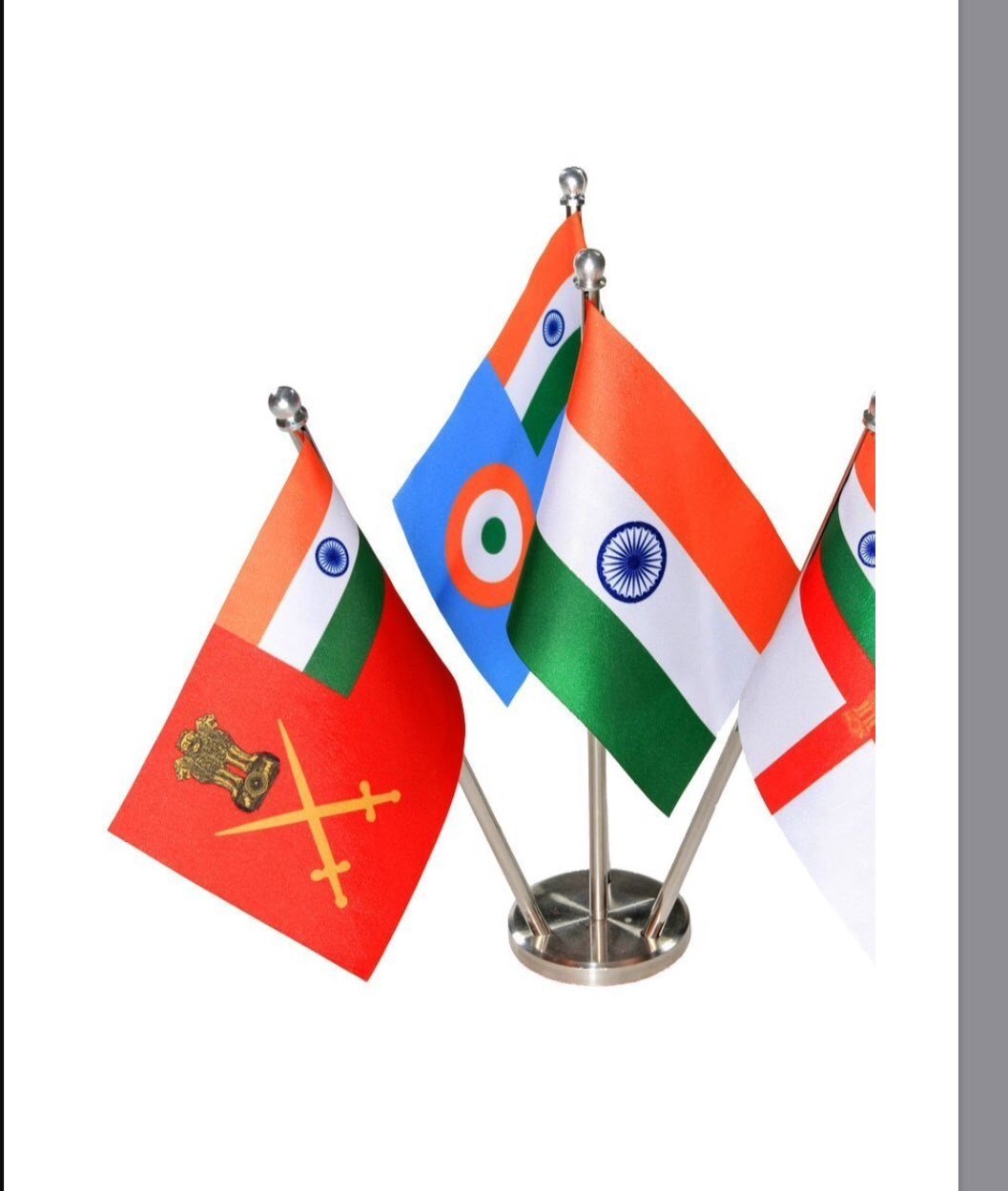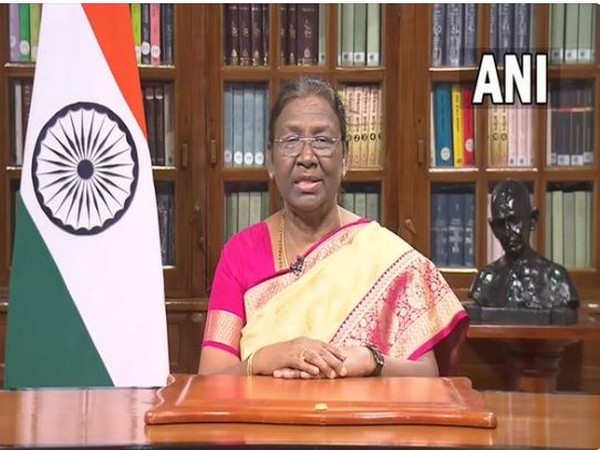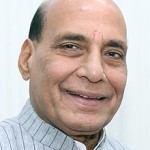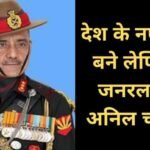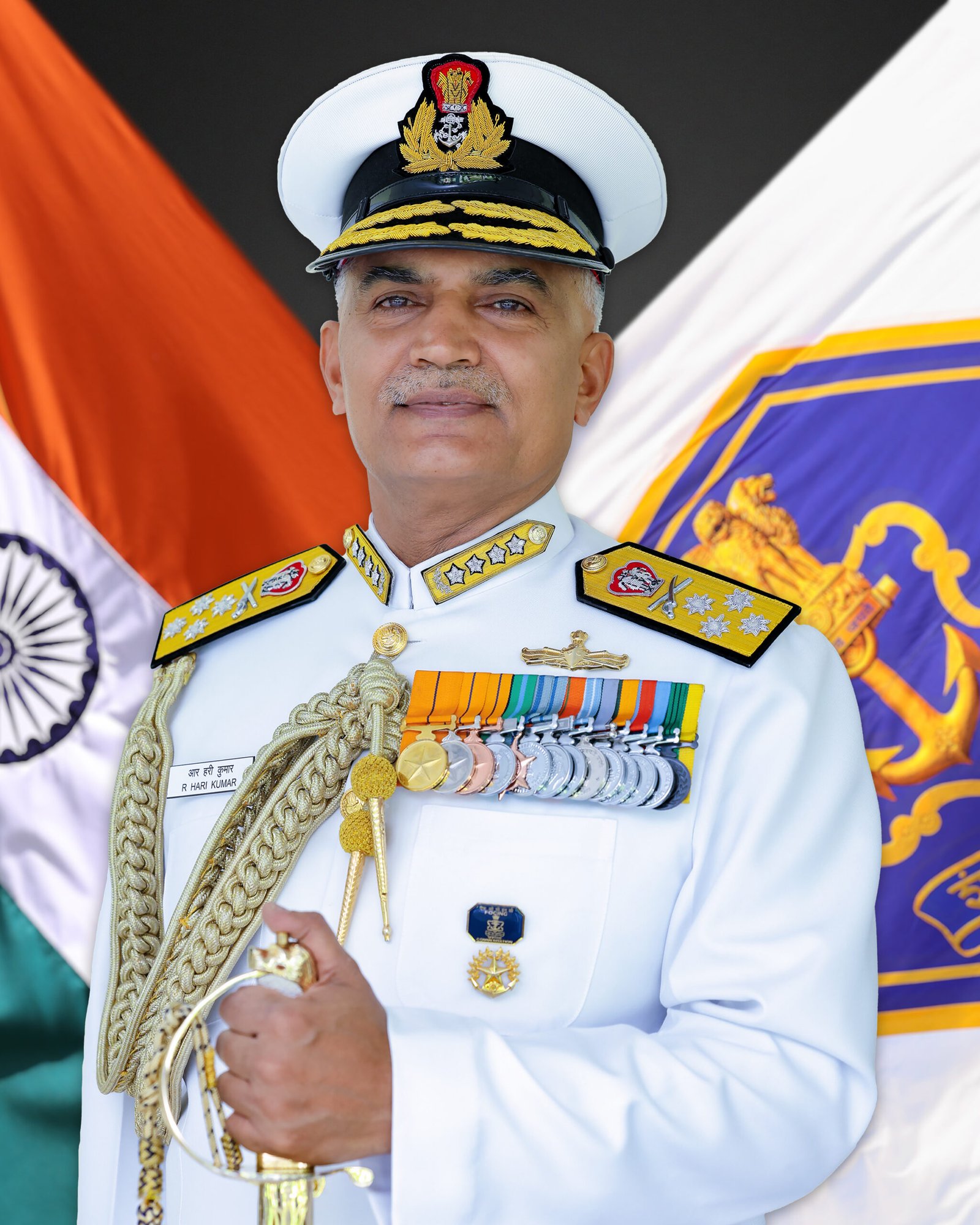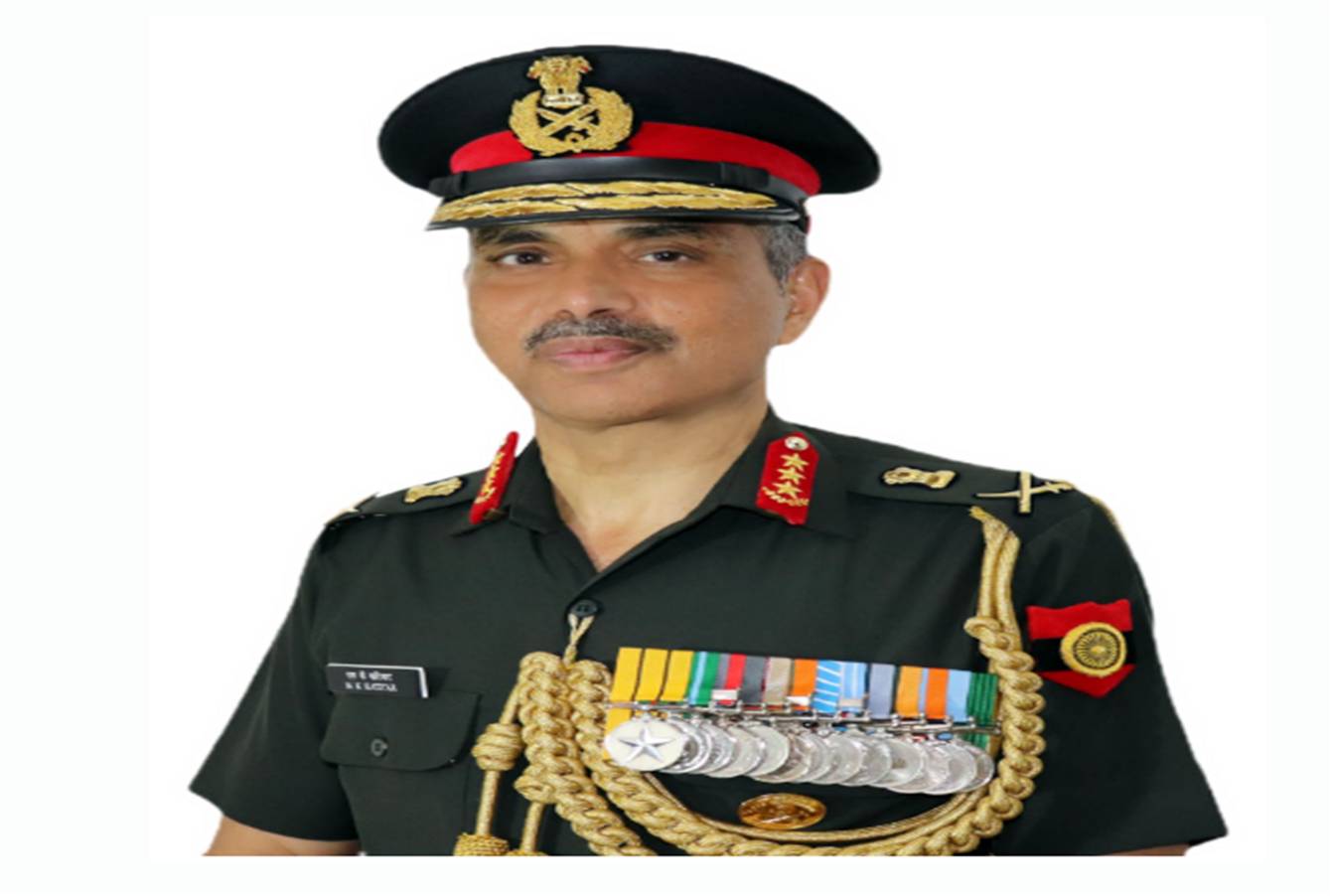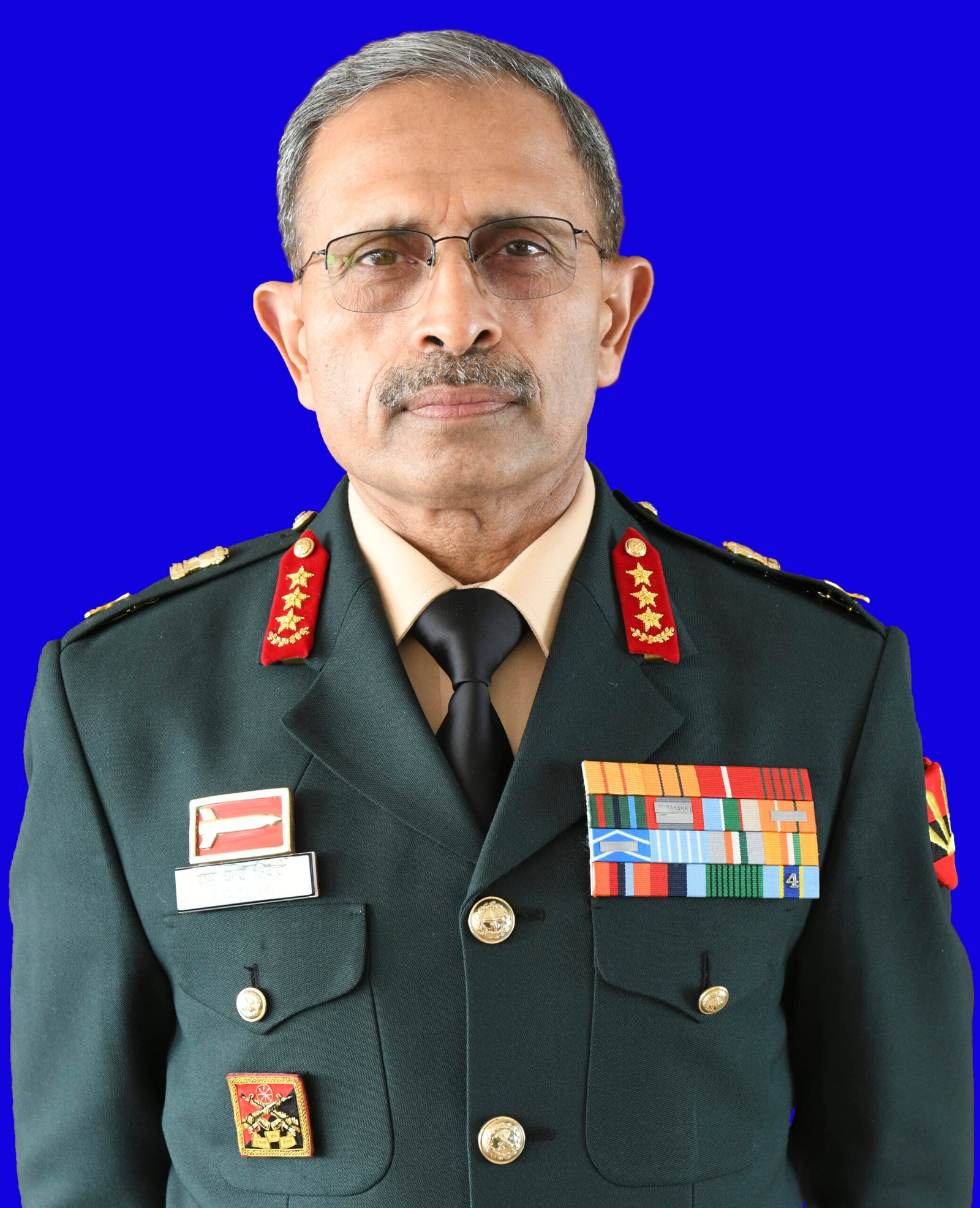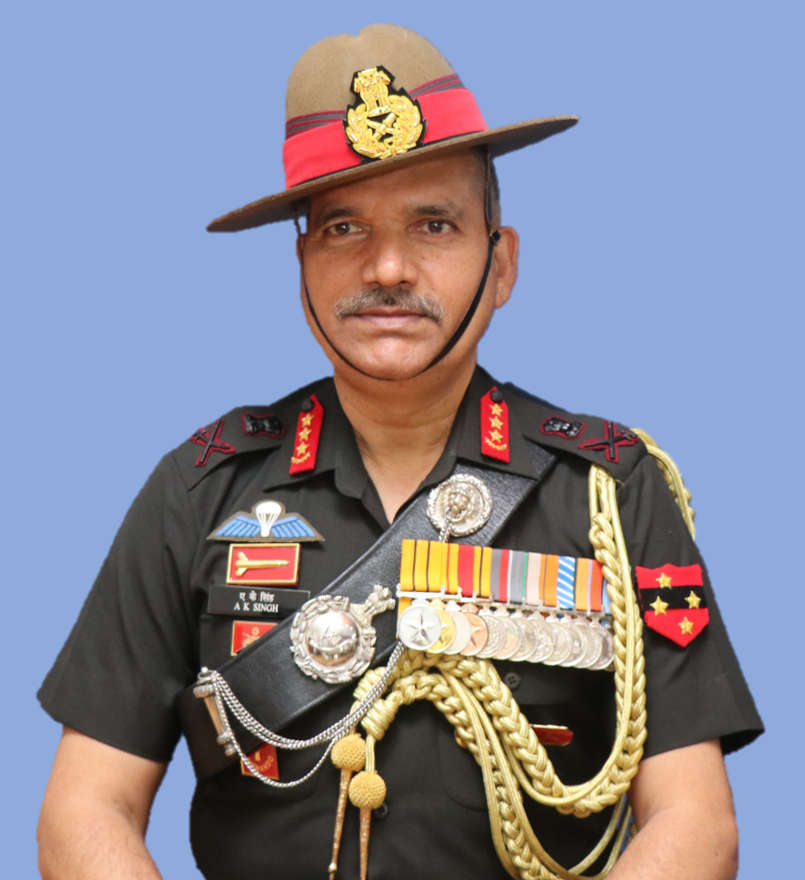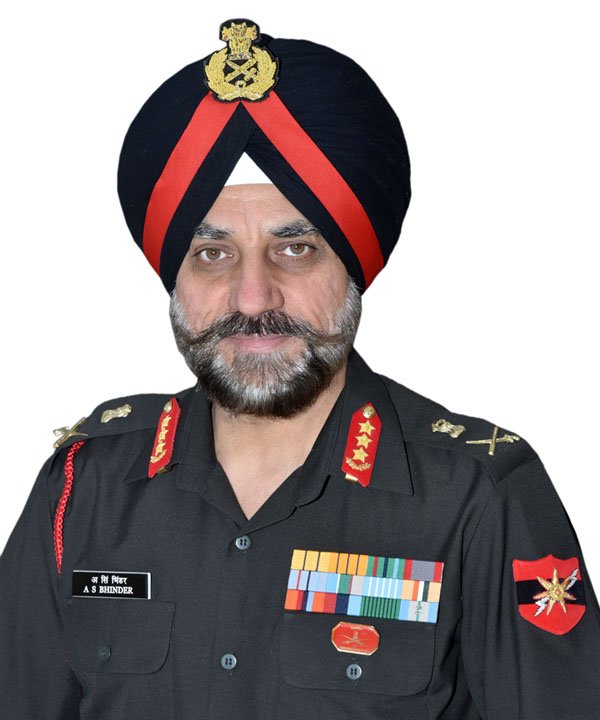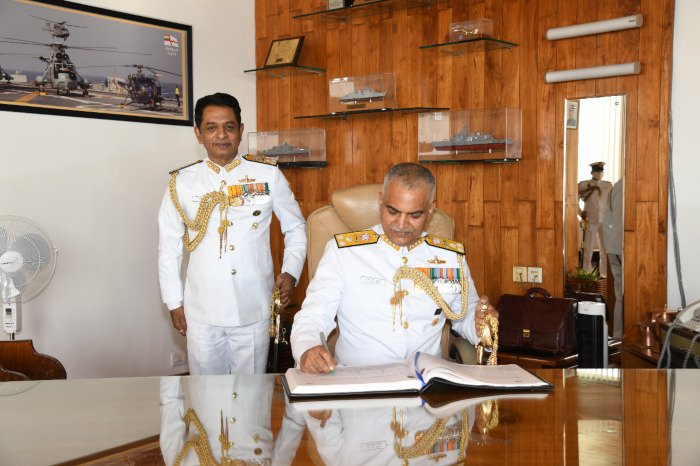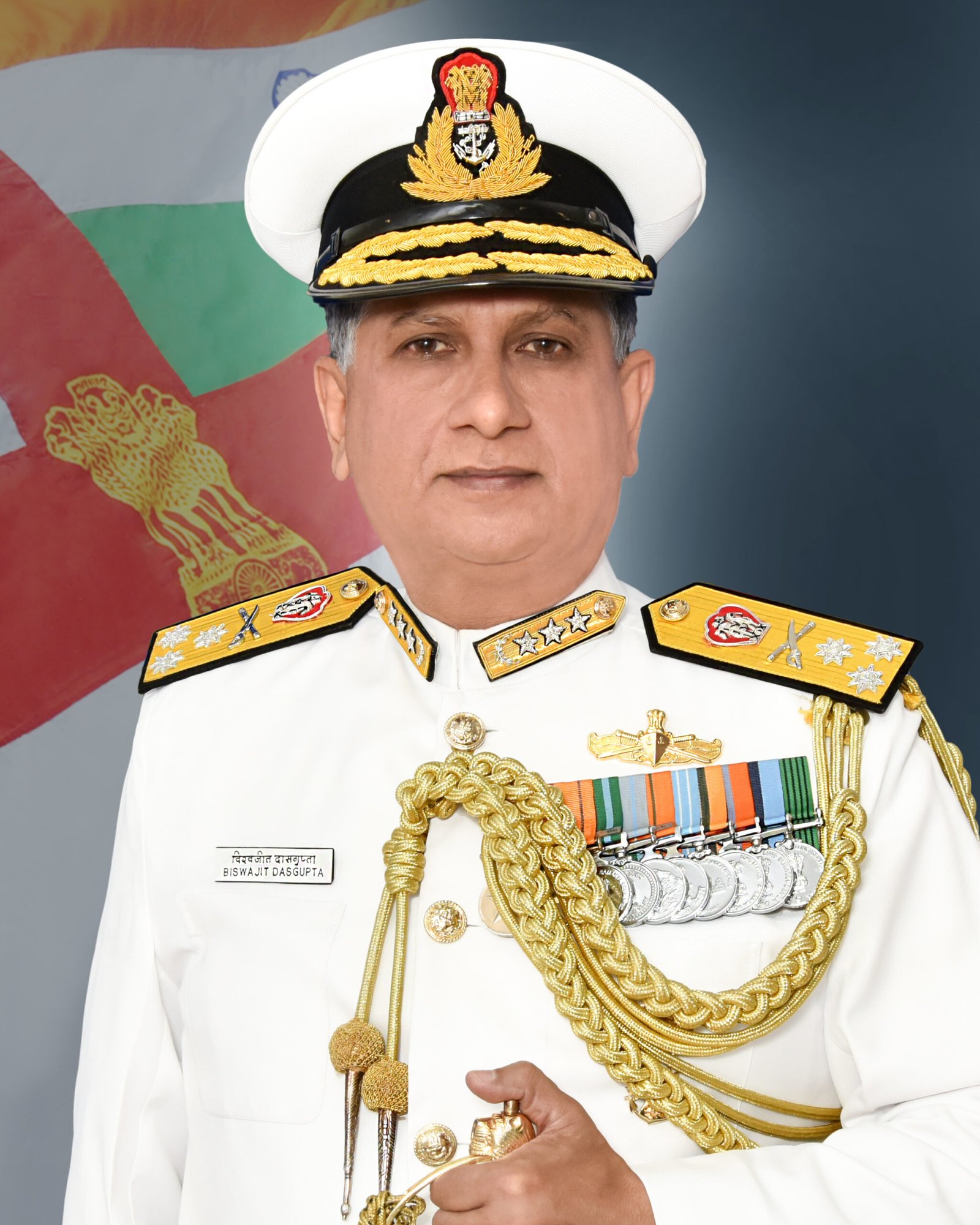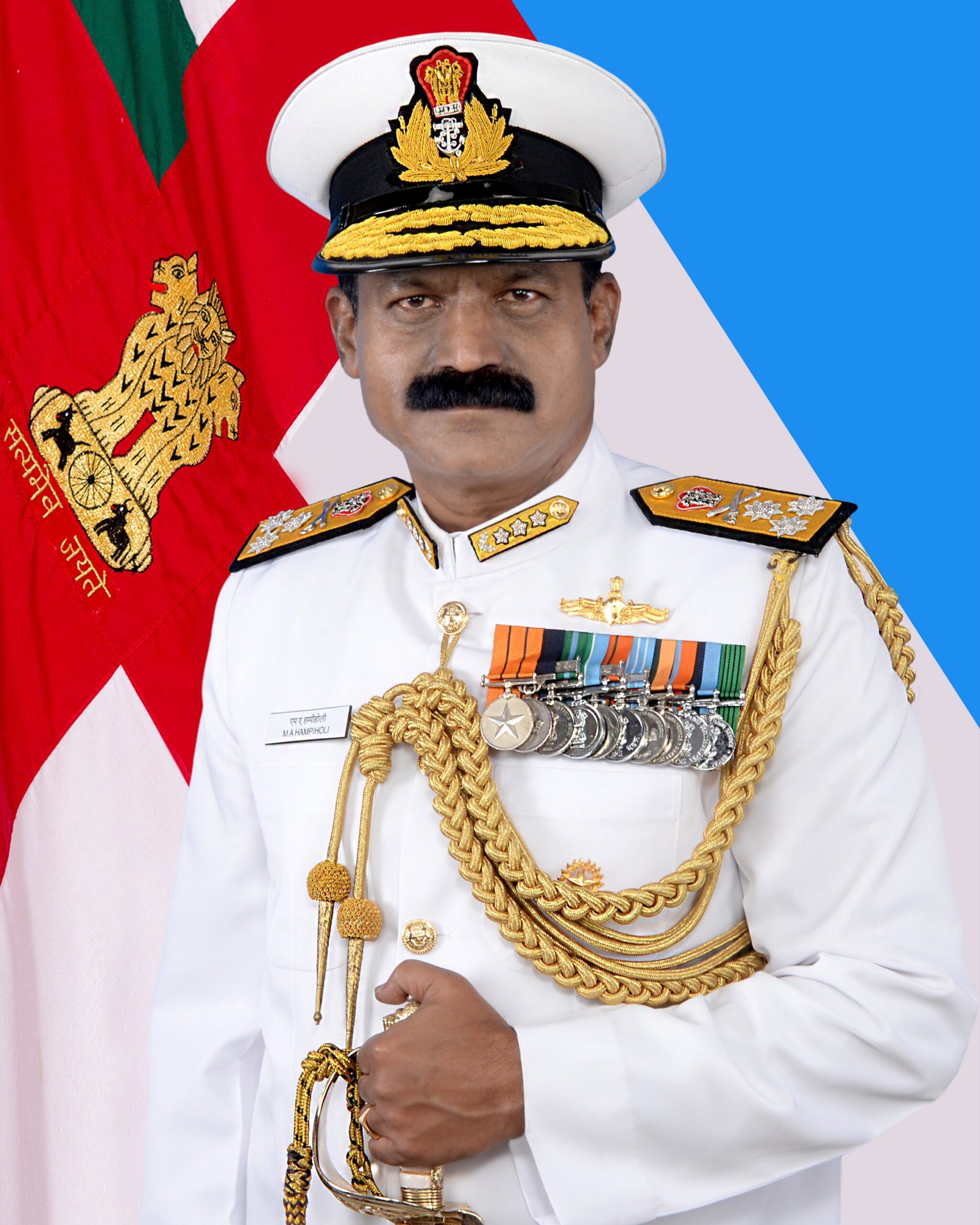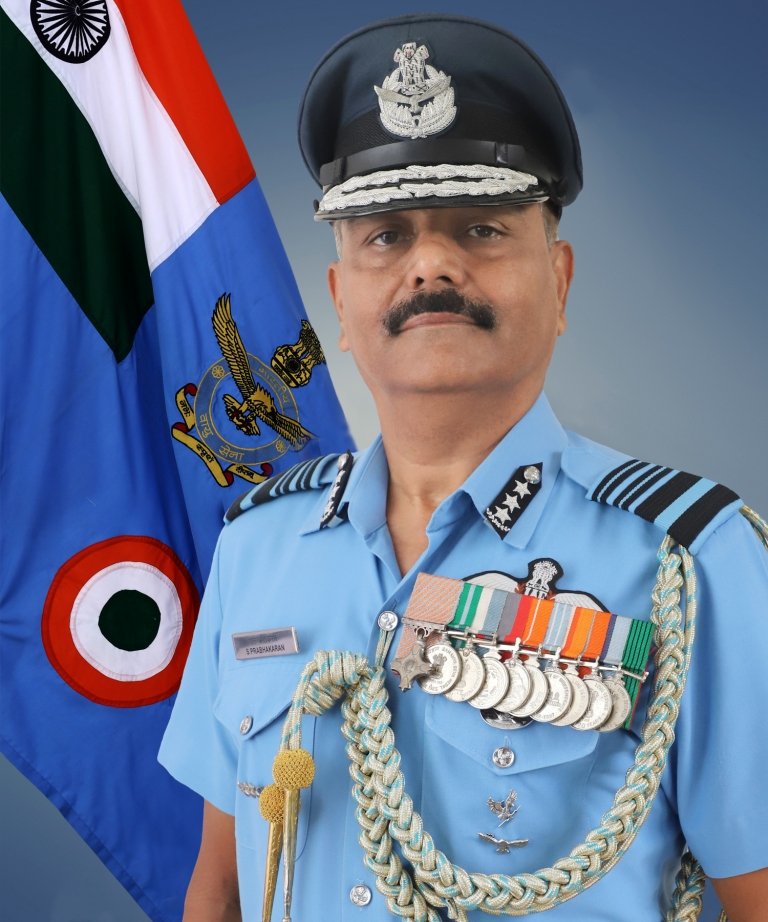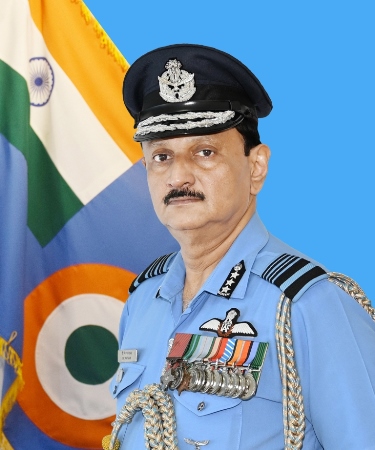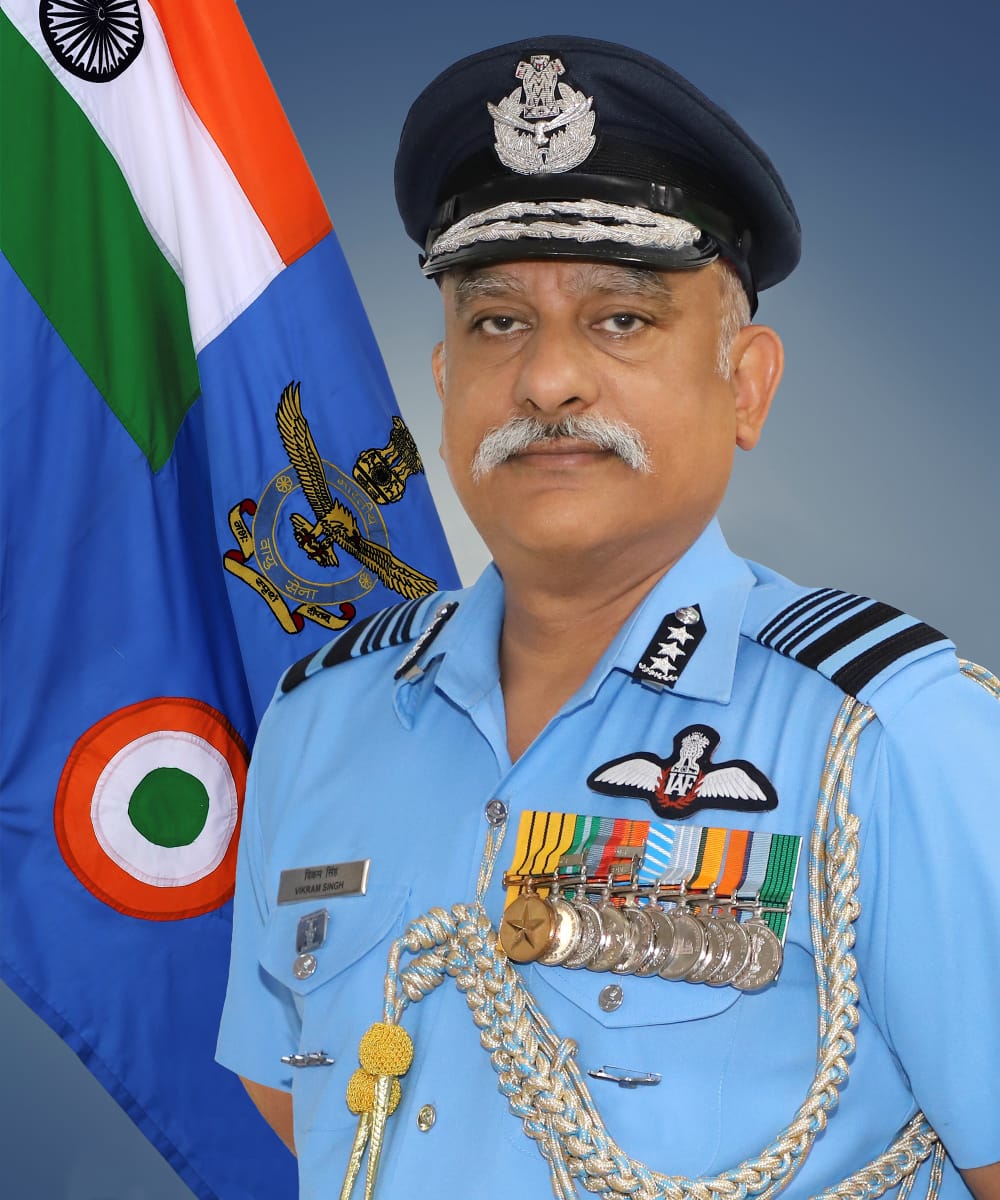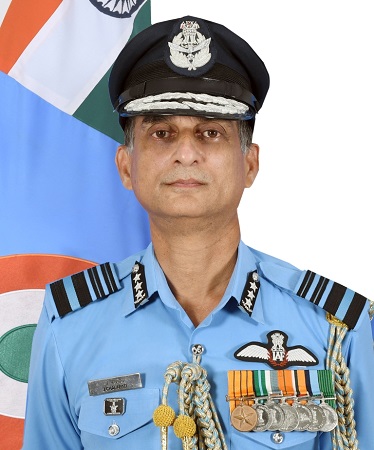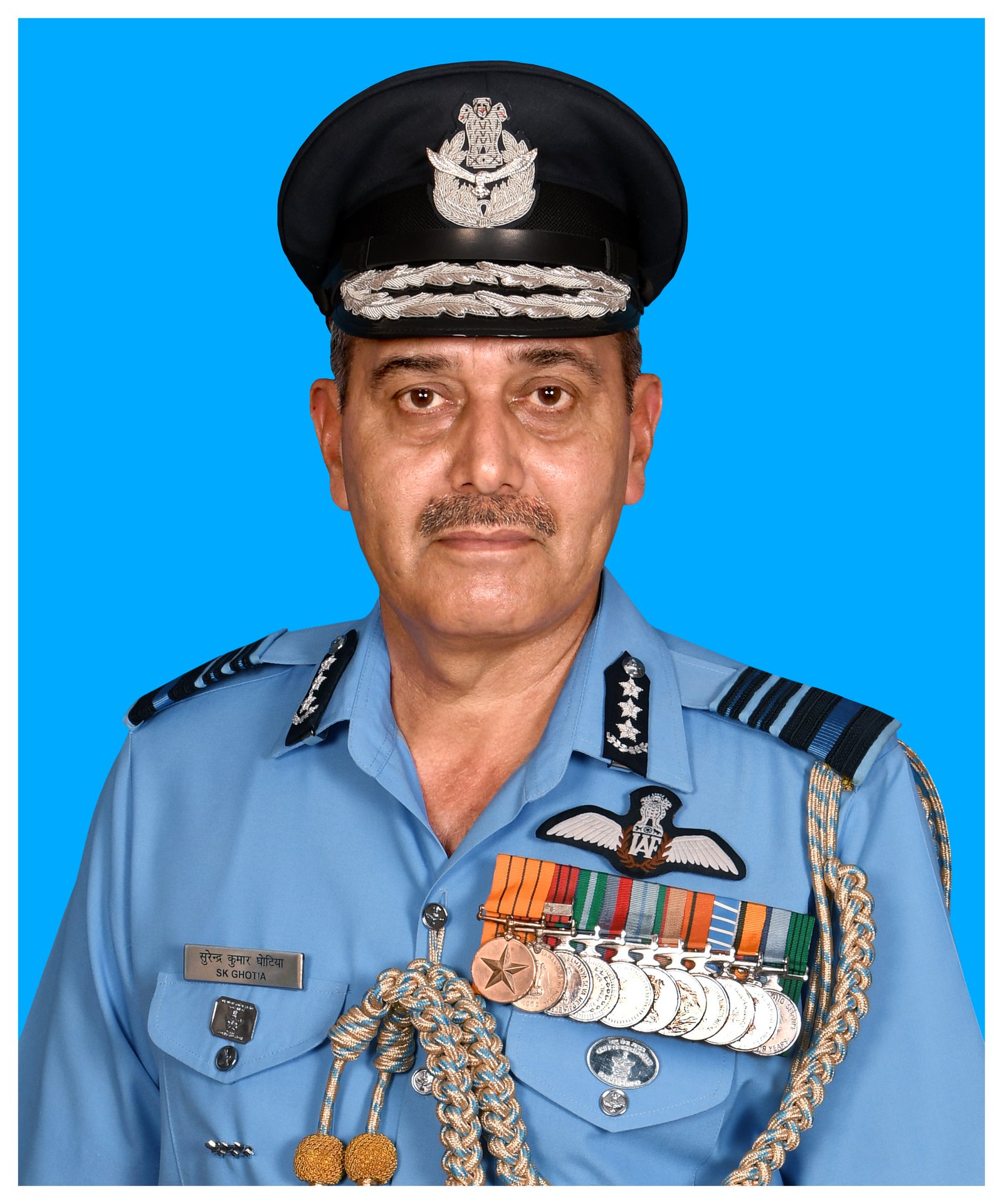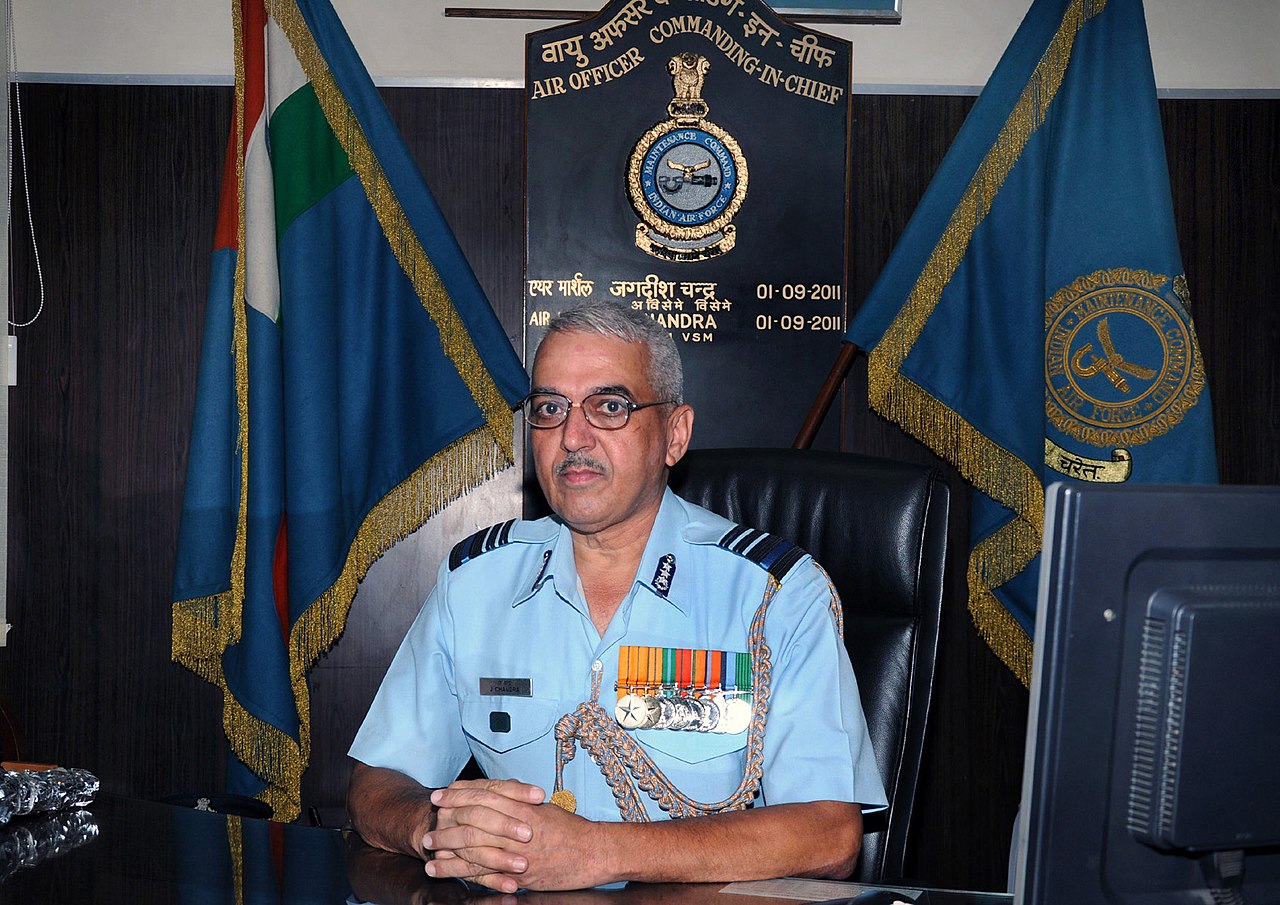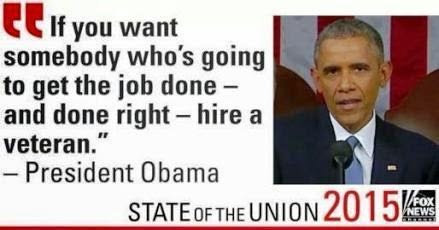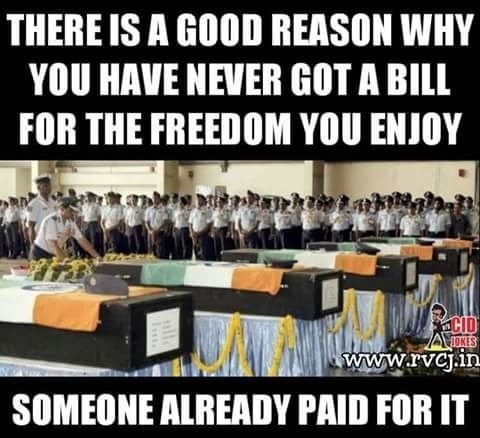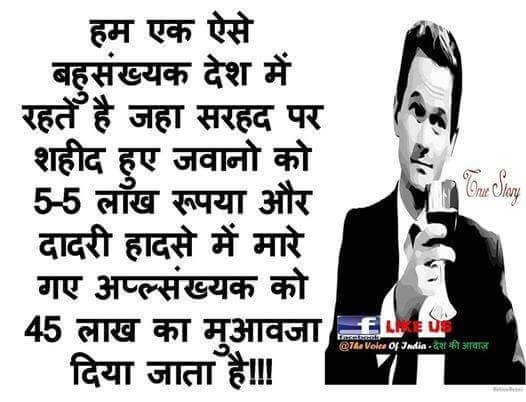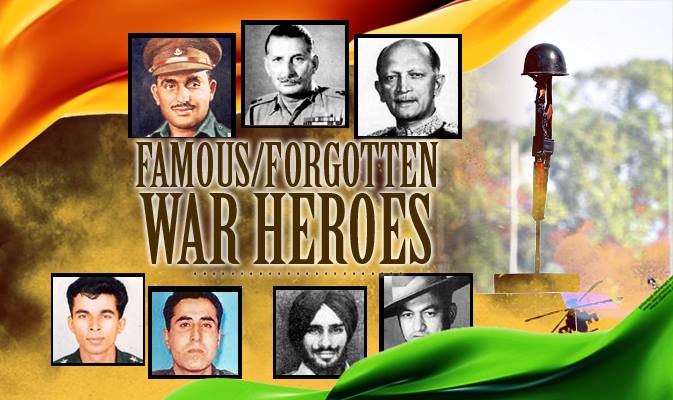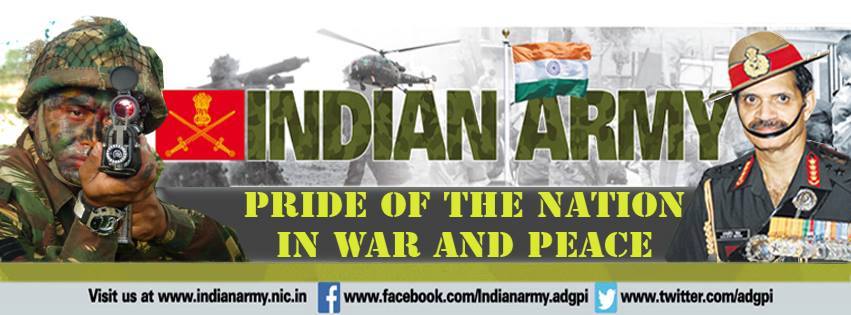Current Events :
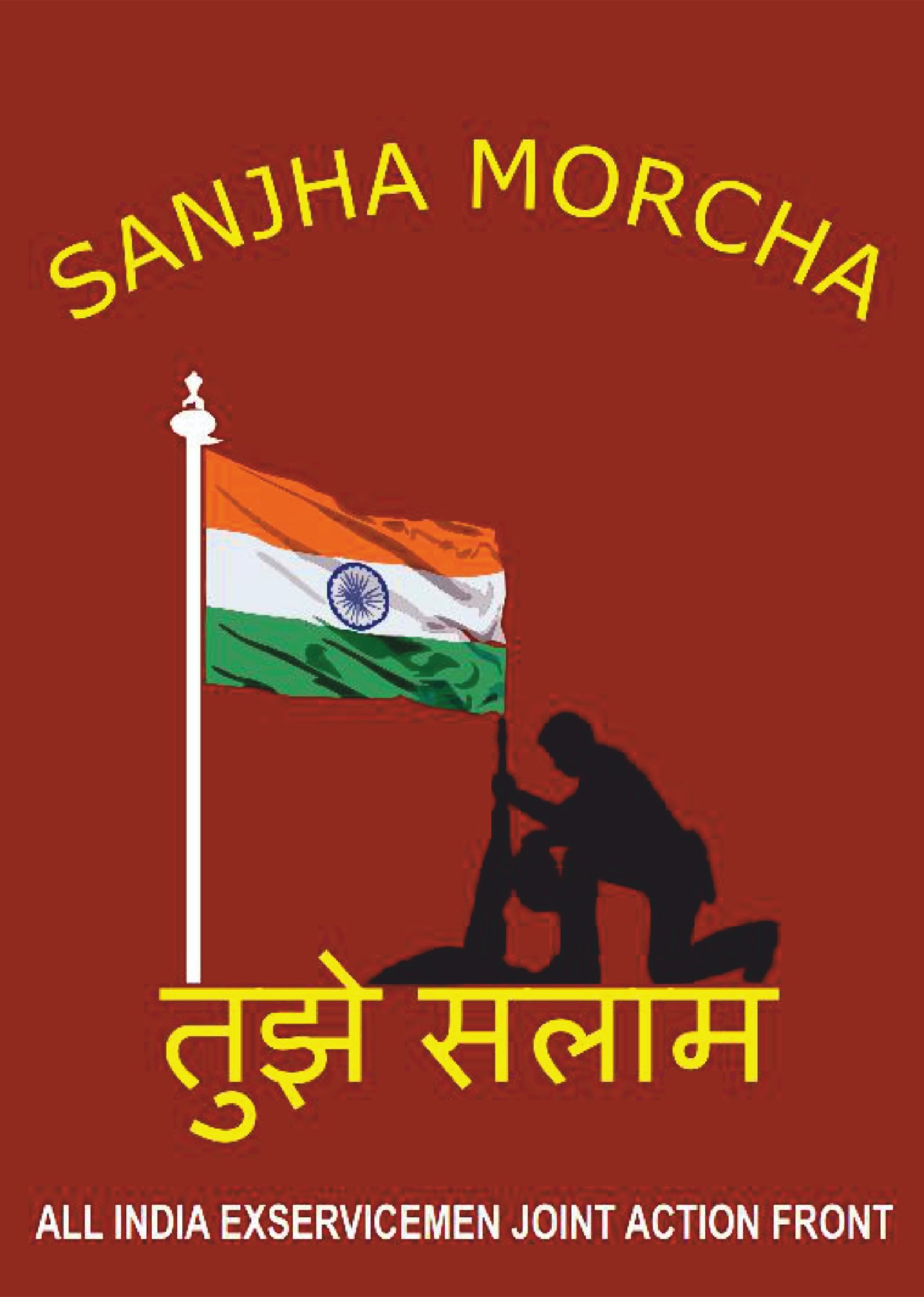
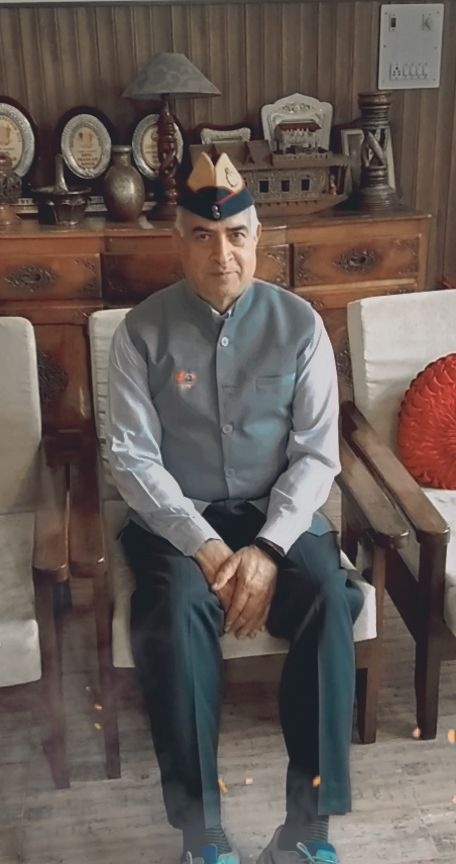
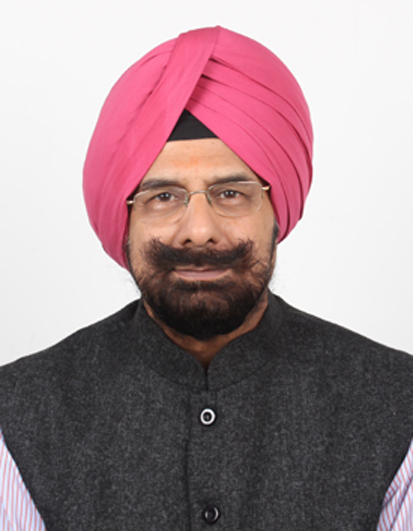




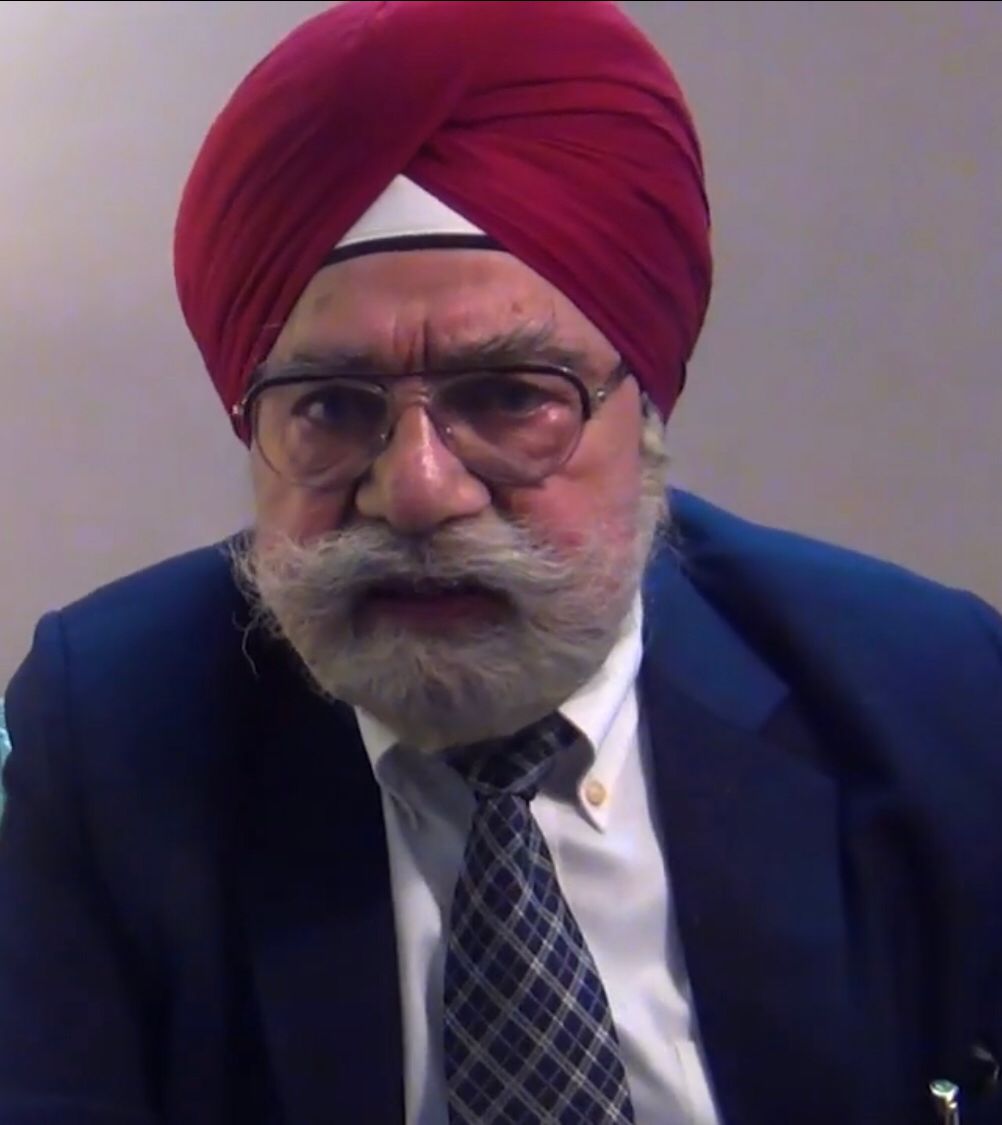
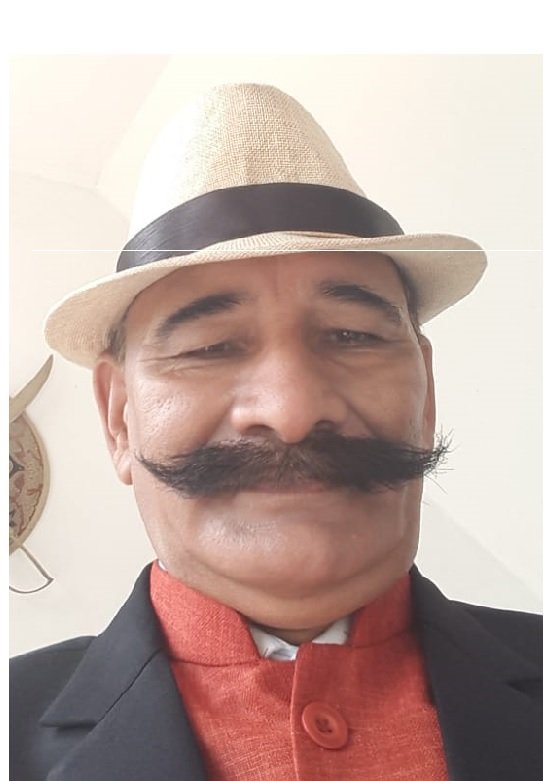
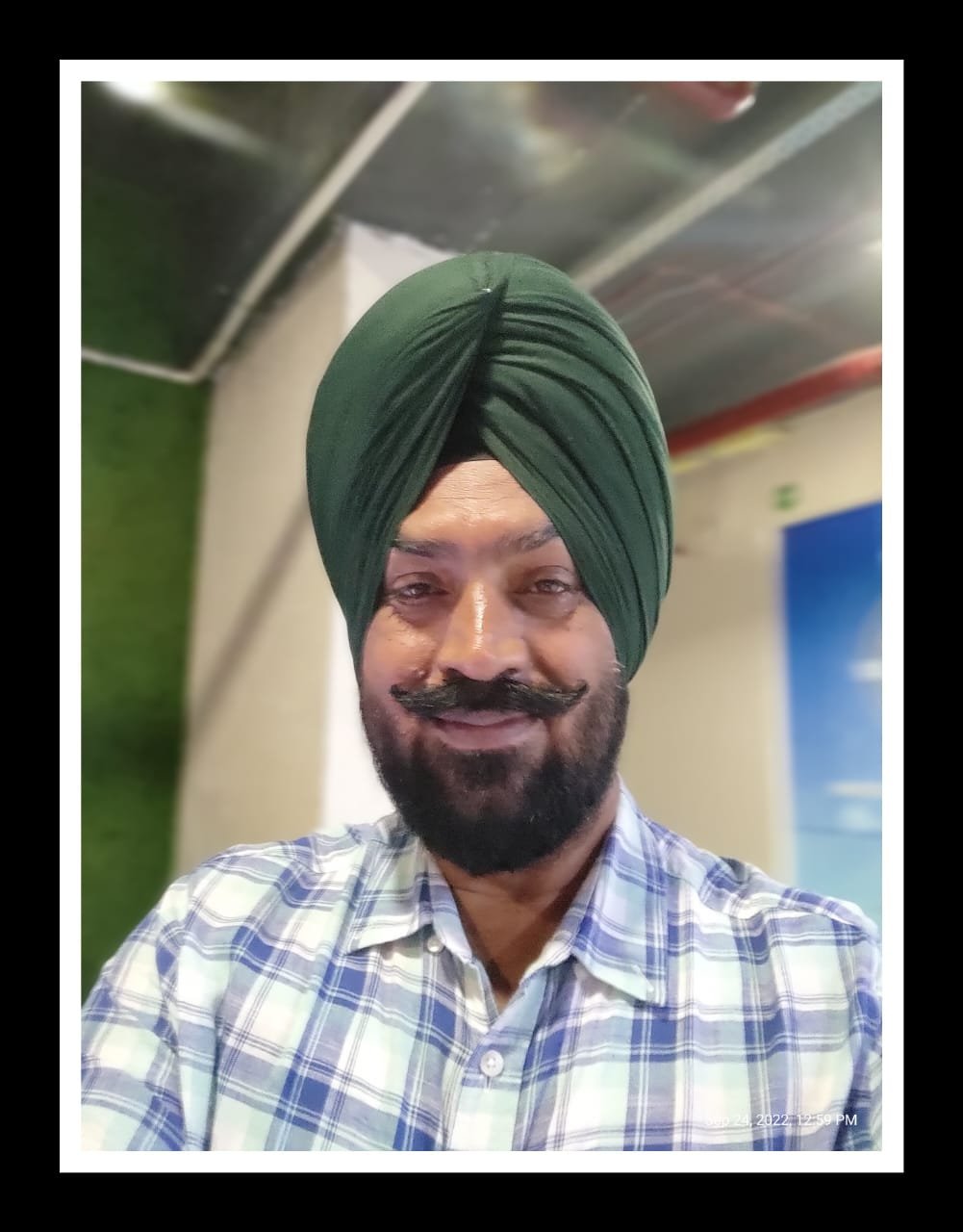
Washington, March 8
The US has asked Pakistan to take “sustained and irreversible” actions against terrorist groups operating from its territory, according to a top State Department official.
The State Department statement came as Pakistan, under global pressure after the Pulwama terror attack and India’s air strikes against a JeM terrorist camp in Balakot on February 26, has started taking actions against some of the terrorist outfits and their leaders over the past few days.
In Islamabad, the Interior Ministry announced that a total of 121 members of the proscribed groups had so far been taken into “preventive detention” across Pakistan.
State Department Deputy Spokesperson Robert Palladino told reporters at his biweekly news conference on Thursday, “I would say that we, the United States, note these steps and we continue to urge Pakistan to take sustained, irreversible actions against terrorist groups that will prevent future attacks and promote regional stability.”
“We reiterate our call for Pakistan to abide by its United Nations Security Council obligations to deny terrorists safe haven and block their entry to funds,” he said.
Responding to questions, Palladino refrained from giving a direct answer on the move in New York to designate Jaish-e-Mohammed (JeM) leader Masood Azhar as a global terrorist, but said the US and its allies in the UN Security Council wanted to update the UN list of terrorist organisations and leaders.
“Our views on Masood Azhar and Jaish-e-Mohammed are well-known. Jaish-e-Mohammed is a United Nations-designated terrorist group that has been responsible for numerous terrorist attacks and is a threat to regional stability. Masood Azhar is the founder and leader of JeM,” he said.
Questions on United Nations sanctions committee deliberations are confidential and as such it is not something that the State Department is going to be able to comment on specific matters in that regard, he said.
“But we will continue to work with the sanctions committee to ensure that the list is updated and that it is accurate,” Palladino said.
At the US Capitol, India’s ambassador to the US Harsh Vardhan Shringla met Kevin McCarthy, the Republican leader in the House of Representatives.
“We must stand strong against acts of terrorism and work together to improve trade between our nations,” the top Republican leader said after the meeting.
Tensions between India and Pakistan escalated after a suicide bomber of Pakistan-based terror group JeM killed 40 CRPF personnel in Jammu and Kashmir’s Pulwama district in February 14.
India launched a counter-terror operation in Balakot. The next day, Pakistan Air Force retaliated and downed a MiG-21 in an aerial combat and captured its pilot, who was handed over to India on March 1. PTI
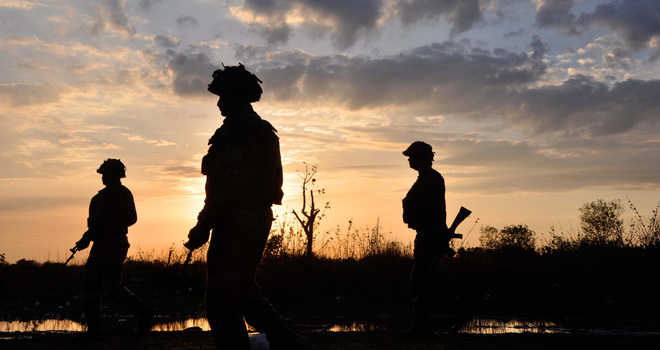
IN what is the beginning of the first full-cadre review of the Army in over 30 years, and the restructuring of the Army Headquarters in New Delhi, the Ministry of Defence has decided to cut officer posts by about 20 per cent and combine weapons and systems procurement agencies. This was long due. Keeping in sight the emerging security matrix and the abiding challenge of sprucing up the force and equipping it with cutting-edge armoury and equipment on a budget, this can but be a part in a series of changes that must be executed to achieve the objectives of a competitive force.
Twofold restructuring comprising internal recast and higher defence management must drive the endeavour. While the closure of 39 military farms in 2017 — recommended by Shekatkar Committee — and integrated battle groups are part of the reforms, the post of Chief of Defence Staff is still to be created. This is critical to check inter-service delays and plug communication gaps in an age of swift warfare. The US, UK, Russia and China, all have a single unified command structure. The reforms, also recommended by Ajai Vikram Singh Committee and Naresh Chandra Task Force, must be carried out in toto at multiple levels to ensure jointness in operations and planning. Decadal discussions have gone on for too long. In 1998, the then Army Chief, Gen VP Malik, had come up with a plan to snip manpower by 1.5 lakh over three years. However, Kargil happened, imposing status quo. The incumbent Army Chief, too, has underscored remodelling the force for future requirements.
The other components that need brisk attention are rightsizing, cadre review and terms of engagement of rank and file for a younger, future-ready force. For the second largest army in the world, we are trudging along a piecemeal approach, undermining cost and combat effectiveness. The clock is ticking furiously. The force needs to be prepared to face the enemy at the door, any time, and have an edge.
Vijay Mohan
Tribune News Service
Chandigarh, March 7
In a historic decision, the Cabinet has extended the benefit of Ex-Servicemen Contributory Health Scheme (ECHS) to short service commissioned officers and emergency commissioned officers (SSCOs and ECOs) as well as some other categories of ex-military personnel.
Under regulations in vogue, only those defence personnel drawing a pension from the defence estimates are considered as “ex-servicemen” and those who do not fall under this category were not being granted certain benefits like the ECHS. They had been struggling for getting such benefits for the past several years.
The decision would immediately benefit over 43,000 individuals, who can now avail of free medicare in ECHS polyclinics and private empanelled hospitals after paying a one-time subscription, sources said.
The decision today comes in wake of directions issued by the Supreme Court in January that granted time to the government till April to act upon the issue while hearing an appeal filed by Ministry of Defence (MoD) against a judgement of the Chandigarh Bench of Armed Forces Tribunal (AFT).
In 2011, the AFT had ordered restoration of medical facilities to non-pensioner military veterans that had been abruptly withdrawn by the Director General Armed Forces Medical Services (DGAFMS) in late 2000s.
Medical facilities in military hospitals (MHs) were being provided to non-pensioner ex-defence personnel since 1970. Later, pension was made compulsory for availing facilities.
In 1997, the term ‘ex-service pensioners’ was again replaced by ‘ex-servicemen’ by the MoD thereby restoring facilities to those veterans who were released with the status of ‘ex-servicemen’ but without getting any pension.
In late 2000s, the DGAFMS started refusing treatment in military hospitals to non-pensioners. The AFT, in a strongly worded order, had directed the DGAFMS to restore the “illegally” withdrawn facilities, but the order was challenged in the apex court the same year.
In 2015, a Committee of Experts constituted by the government to suggest ways for reducing litigation had also came down heavily on the DGAFMS for this action, terming it to be illegal and recording that “such persistence and exertion in pursuing such misdirected litigation should rather be used for constructive activities”.
The panel also castigated the establishment for citing grossly exaggerated figures of affected beneficiaries in the appeal filed in SC. The committee’s recommendation for withdrawal of the appeal was accepted by the then defence minister, but his directions were not given effect which prompted the SC to direct the MoD to speed up the process.
Sources said the Cabinet decision to implement the judicial orders, which would affect thousands of past, present and future officers, not only includes non-pensioner SSCOs, ECOs and World War II veterans but also premature retirees of other categories. The fine print of other modalities of the scheme would be known in due course.
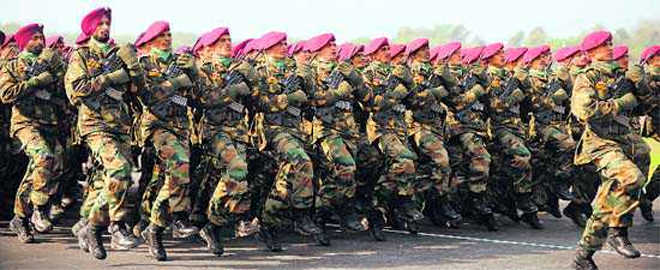
Ajay Banerjee
Tribune News Service
New Delhi, March 5
In the first major restructuring of the Army headquarters in the national capital, the Ministry of Defence is learnt to have reduced some 20 per cent of the officer posts, merged two weapons and systems procurement agencies and created a new post of Deputy Chief who will coordinate with military intelligence, operations and logistics wings.
Sources say Defence Minister Nirmala Sitharaman has taken the decision in line with the government’s resolve to make the 1.3-million strong Army leaner and fit for a 21st century war. A formal notification is expected anytime soon.
The new Deputy Chief will oversee strategy and operations, intelligence collation, conduct of operations and the movement of logistics. At present, the DG (Military Operations) and the DG (Military Intelligence) report to the Army Chief or Vice-Chief.
Also, the restructuring will merge the Master General Ordnance (MGO), who is currently under the Vice-Chief, and the DG (Weapons and Equipment) under a single vertical with the Deputy Chief (Planning and Strategy), which will be renamed Capability Development.
The officers who will be weaned off the headquarters will be sent to formations.
At present, there are an estimated 950 to 1,000 officers posted at the headquarters.
The MoD has also okayed the creation of a consolidated information warfare wing that will subsume two existing wings under the DGMI and the DGMO. The DG (Military Training) will now be merged with the Shimla-based Army Training Command.
Part of four major in-house studies, the restructuring okayed now is called “Reorganisation of the Army headquarters” and is aimed at its integration.
The other three studies on which a decision is yet to be announced are “Reorganisation and rightsizing of the Army”, “Cadre review of officers” and “Review of terms of engagement of rank and file”.
The rightsizing move is aimed at having a balanced cadre to meet the aspirations of the officers. This will include longer tenures as Brigadier, Major General and Lieutenant General and faster promotion from Colonel to Brigadier. The purpose of the last one is to have a younger profile of the officers.
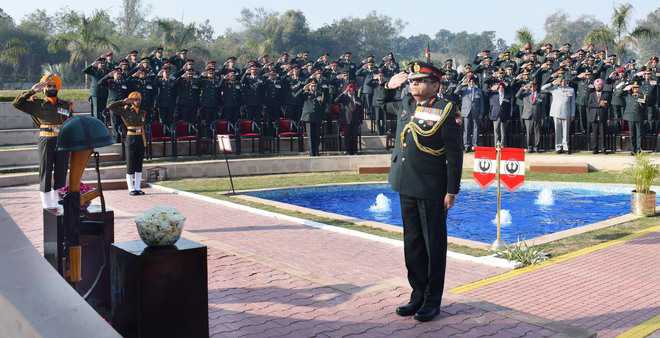
Tribune News Service
Jalandhar, March 1
The Vajra Corps celebrated its 70th Raising Day today. To mark the occasion Lt General Arvind Dutta, General Officer Commanding, Vajra Corps, laid a wreath and paid homage to the martyrs of Vajra Corps at Vajra Shaurya Sthal.
The ceremony was attended by serving personnel and veterans. Vajra Corps was the first Corps raised in the country in 1950 by Lt General Kalwant Singh at Ambala. The Vajra Corps headquarter was relocated at Jalandhar in 1951.
The Corps has proved its mettle on the Western Front in various wars. The Corps witnessed some of the fiercest battles during the 1965 war.
From the graveyard of Patton Nagar to the ruins of Barki and Dograi, numerous acts of individual and collective bravery, gallant sacrifices and inspiring leadership ensured that Vajra Corps played a pivotal role in shaping the history of the nation.
The Corps is bestowed with the Theatre Honour of ‘Punjab’ and Battle Honours of ‘Sehjra’ and ‘Dera Baba Nanak’ and is proudly identified as the ‘Defenders of Punjab’.
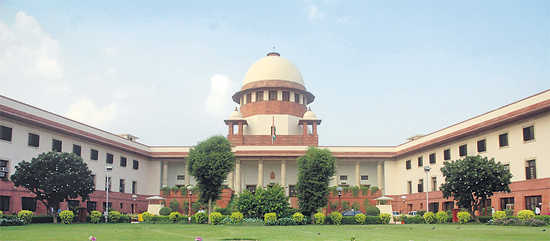
Jammu, February 24
Amid a growing controversy over Article 35A hearing and tension in the state, the Jammu and Kashmir Government today said it wanted the case to be adjourned in the Supreme Court.
The clarification comes at a time when there is buzz across the state that Article 35A may be scrapped.
“It is already in the public domain that the J&K Government had sought adjournment of hearing on February 11 till an elected government is in place. We stand by that today as well,” said Rohit Kansal, government spokesman.
After the February 14 Pulwama terror attack, unusual events have gripped the state. The government has inducted 100 companies of Central paramilitary forces, ordered stocking up of essential commodities and asked health institutions to remain prepared for any eventuality.
The government said forces had been inducted in view of polls and stocking was being done as the NH remained closed for several days. — TNS

Defence Minister Nirmala Sitharaman on February 21 asked public sector defence undertakings in India to look at the world as a market for their products.
She was speaking at Vasco town after launching a Coast Guard offshore patrol vessel (OPV) of the Goa Shipyard Limited, a public sector undertaking.
“I want not just the Goa Shipyard but every defence public sector undertaking to look at manufacturing of international class. Not just look at your captive market like the defence forces, but look at world as a market which you need to reach out to and compete globally,” she said.
Internationally there is an immense interest in buying defence products like the OPVs from India, she said.
Many overseas clients have shown an interest in buying from India, the minister said.
“I want the management (of defence PSUs) together with experts to capture those markets which are appreciative of your work. If they are appreciative of your work, half the work is done. You need to go and negotiate,” she said.
“You should have the confidence to get up and say that there is a market and can the government help us to get there and get it. You are capable of producing more. Please put on that attitude to say that we are able to compete globally and help us in that,” the minister said, adding, “We will still support you.”
Prime Minister Narendra Modi’s call is not just to Make in India but also to export, the minister said. “The PM is looking at India as a manufacturing hub,” she said.
Coast Guard Director General Rajendra Singh said launching of the OPV is essential considering the ever dynamic security scenario.
“The presence of Indian Coast Guard addresses twin objectives of deterrence and reassurance,” he said. The Yard 1233 ship isa new generation OPV equipped with sophisticated sensors and equipment. It is also capable of operating a light combat helicopter,” Singh said.
Goa Shipyard Chairman and Managing Director Commodore B B Nagpal said launching of the vessel within two years of laying the keel is a significant achievement.
The ‘Sachet’ vessel is the first of five such OPVs being built by the yard. The project of constructing the five OPVs for was inaugurated by Prime Minister Narendra Modi in November 2016.
The OPV will be assigned the work of patrolling and policing Indian Exclusive Economic Zone (EEZ), an official said.
The vessel is 105 metre long and has a displacement of 2,350 tonnes at full load and an endurance of 600 nautical miles. A team of 14 officers will be commanding it with a crew of 133 personnel.
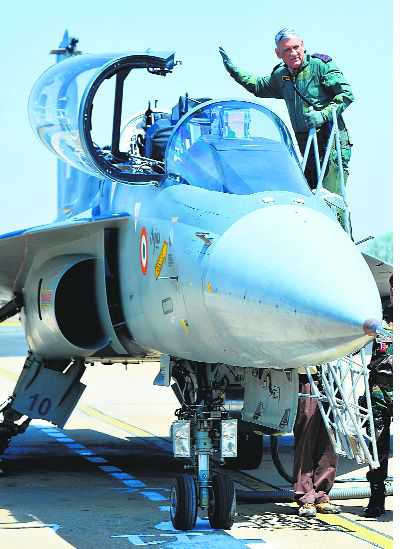
Ajay Banerjee
Tribune News Service
Bengaluru, February 21
As India tries to establish a toehold in the military aerospace sector, efforts of the domestic private industry are like the ‘first steps’ on the learning curve, the real work of making engines or other critical technologies is still some years away.At all military events like the ongoing Aero India here, multiple joint ventures between Indian companies and foreign partners are announced. A close look reveals these largely relate to forging, casting and making structures that are part of the global supply chain of the companies.
The exception is the tie-up Hindustan Aeronautics Limited had with French Safran in 2005 to make helicopter engines for the Dhruv series of copters.At the Aero India here, the Russian MiG team announced “we having been making in India since 1963” (or the time since the first MiG 21 arrived). The reality is licence production of MiGs did not help India in making engines or new and better planes.
Many business opportunities and jobs are opening up, but not in cutting-edge technology sector. Dynamatic Technologies CEO Udayant Malhoutra, speaking at a seminar here, was candid: “In India, the advantage is the (lesser) labour cost and the engineering talent pool.”
The Tata-Boeing Aerospace manufactures fuselage (body structure) for the AH-64 Apache copters. Other supply chain partners provide assemblies for aero-structures, wire harness, composites, forgings, avionics mission systems and ground support equipment for Boeing’s commercial and military aircraft out of India.
Boeing India acting president Sunil Velagapuddi says, “We are outsourcing jobs worth a billion US dollars and plan to double it in a decade. Our new plant outside Bengaluru is largest investment outside the US.”
European companies Thales and Airbus have their separate plans to outsource in India. Airbus for long has been getting doors of its passenger aircraft made by HAL. Thales is looking to ramp up its Indian presence and employ upto 6,000 persons while Airbus is now moving towards achieving 1 billion euro (Rs 7,400 crore) trade from India.
Airbus works with Indian suppliers on engineering and IT services, aero-structures, materials and cabins for several of Airbus platforms. The Adani group has joined hands with Elbit of Israel to make UAVs. The body is being made at the Hyderabad plant of Adani, another baby step.
HAL: Without inquiry, why blame for crash

The Indian Air Force is ever ready for an appropriate response as assigned by the political leadership, says Air Force Chief BS Dhanoa, two days post the Pulwama attacks wherein over 40 Central Reserve Police Reserve (CRPF) personnel were martyred.
“The IAF is ever prepared to deliver an appropriate response as assigned by our political leadership. It will always remain at the forefront in executing its missions,” said Dhanoa at the launch of the Vayu Shakti exercise, reported NDTV.
Furthermore, he said he wished to assure the people of this country of the capability of the Indian Air Force.
In the Vayu Shakti exercise, around 140 fighter jets, helicopters and a large range of missiles were used by the IAF in the fire power demonstration near the India-Pakistan border.
According to top IAF sources, the Vayu Shakti exercise was pre-planned and the drill was a demonstration of the force’s capability to hit targets with “pinpoint accuracy.”

